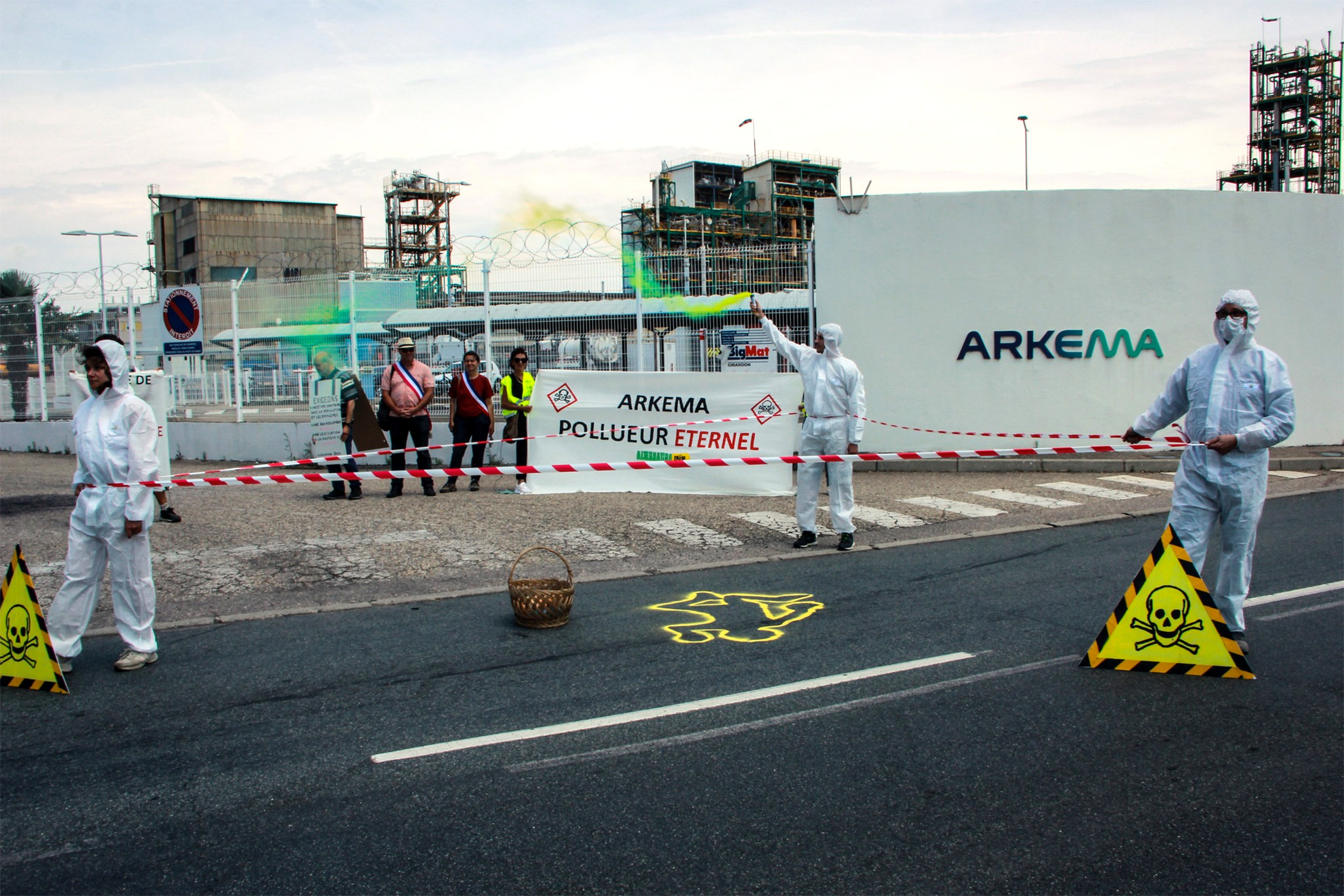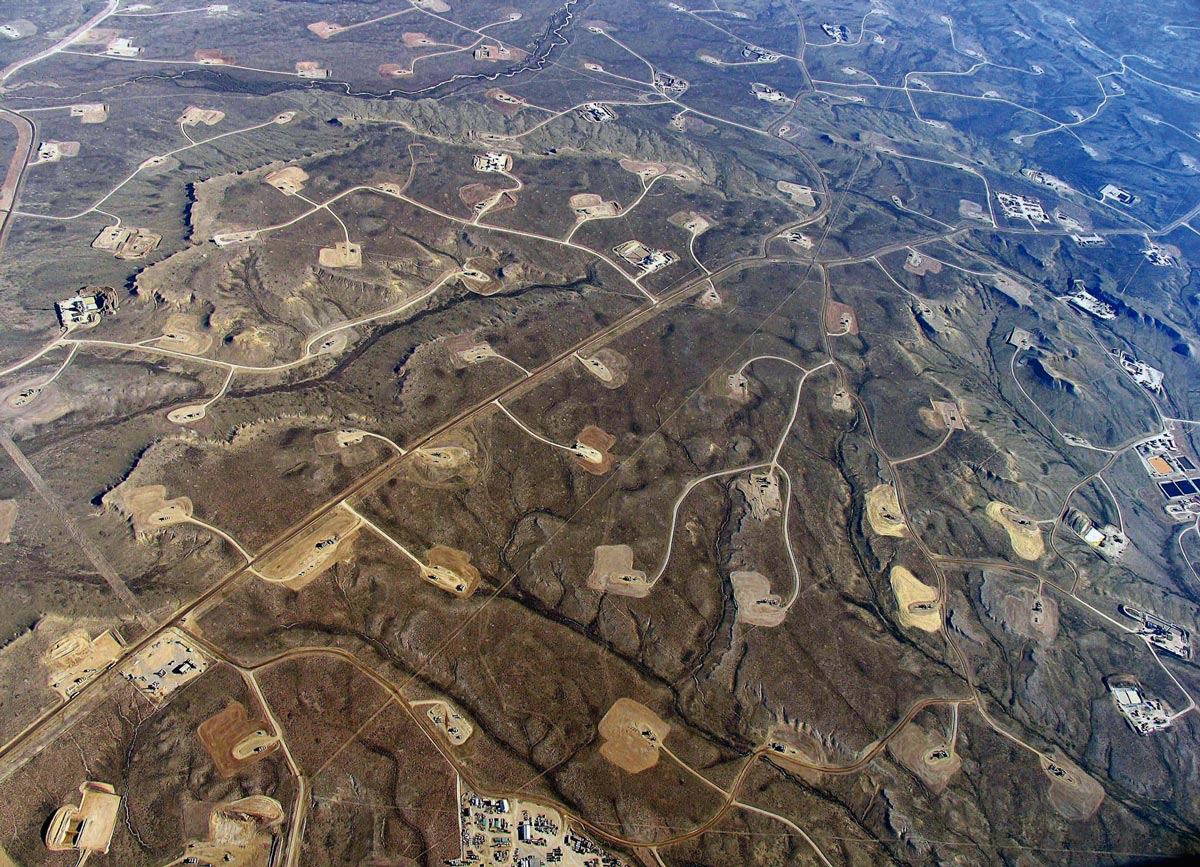For the first time in Uruguay, pesticides have been detected in rainwater
- An investigation carried out in the Paysandú department in Uruguay has revealed traces of pesticides in rainwater from the sky. Several researchers have analyzed the presence of water in the laboratory and concluded that it contains insecticides and fungicides.

In a region of some 76,000 inhabitants, chemicals and pharmacology from several universities in Uruguay have carried out the test, after receiving concrete water in the rural environment of Paysandúo - in special bottles one and a half meters above the soil - and analyzing it in the laboratory, as reported by the Weekly Search.
Samples collected between May and July 2018 have found markers of prominent pesticides, such as malaoxone, imidaclopride and the well-known fungicide propiconazole, among others. For example, one sample has found a malaoxon insecticide of between 5 and 7 nanograms per litre.
This is the first time that water coming directly from the atmosphere detects this type of pollution, "somehow, pesticides have gotten into the water cycle." The study points out that the figures are "low", as they do not exceed the regulatory allowed limits, but if calculated per hectare the situation changes radically and a "significant" amount of poisons has been found in the rain.
Glifosatoa baliatzeko hamar urteko luzapena babestu du Europako Batzordeak. Herbizida gisa munduan gehien erabiltzen den produktu kimikoa da, eta potentzialki minbizi sortzaile izateagatik ezaguna da.
Uztailaren 12an New York Times-ek argitaratu zuen: “AEBetan fracking enpresak kiebra jotzen ari dira, iturrien inguruetan bizi direnei utziz pozoi arriskutsuzko kutsadurak eta herritar guztien bizkar hauek garbitzeko kosteak”. Kronikaren hasieran honako kasu bat... [+]





















